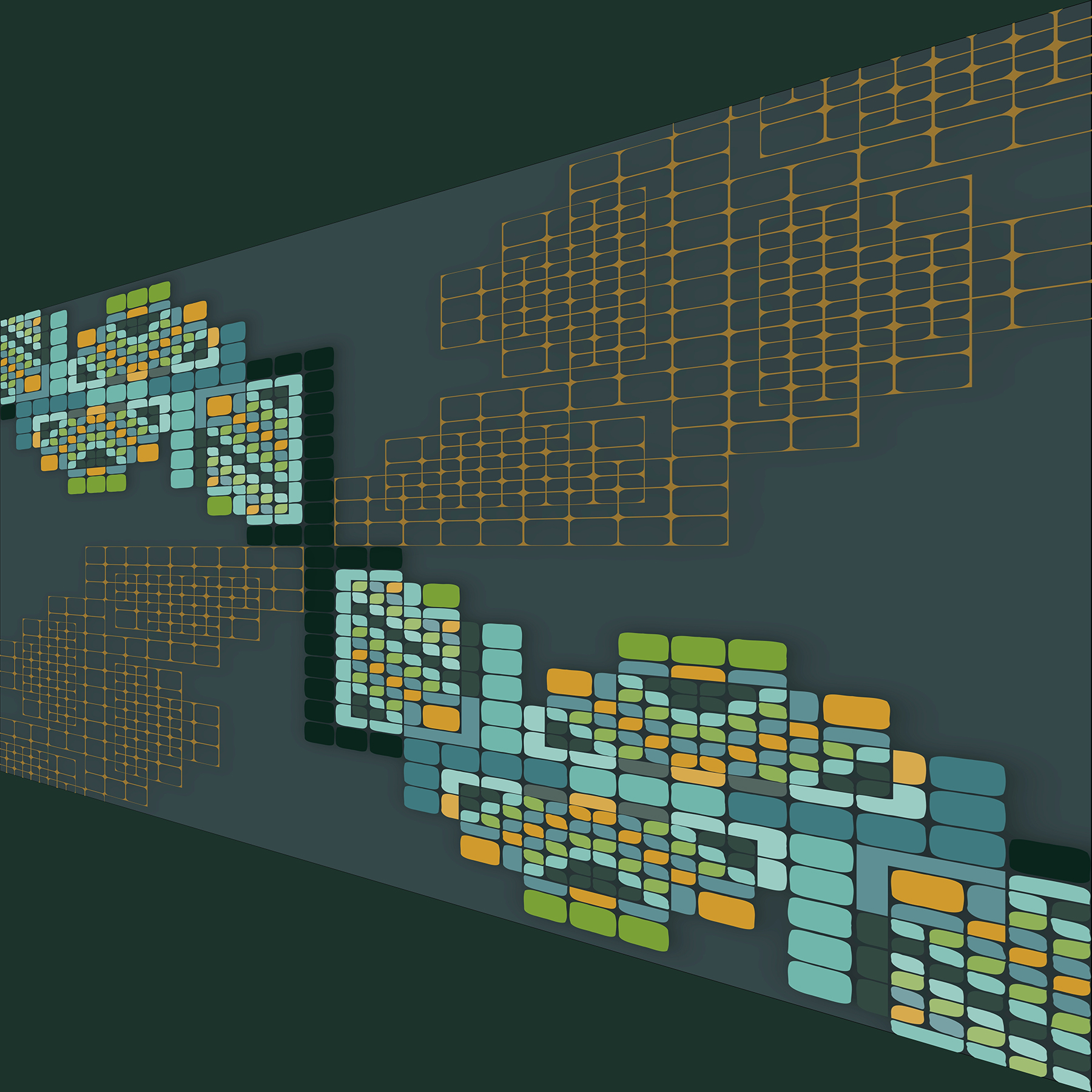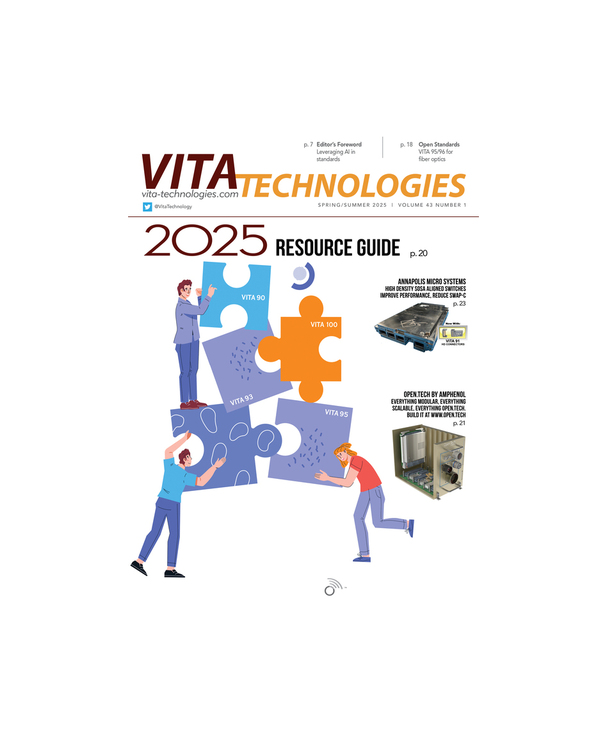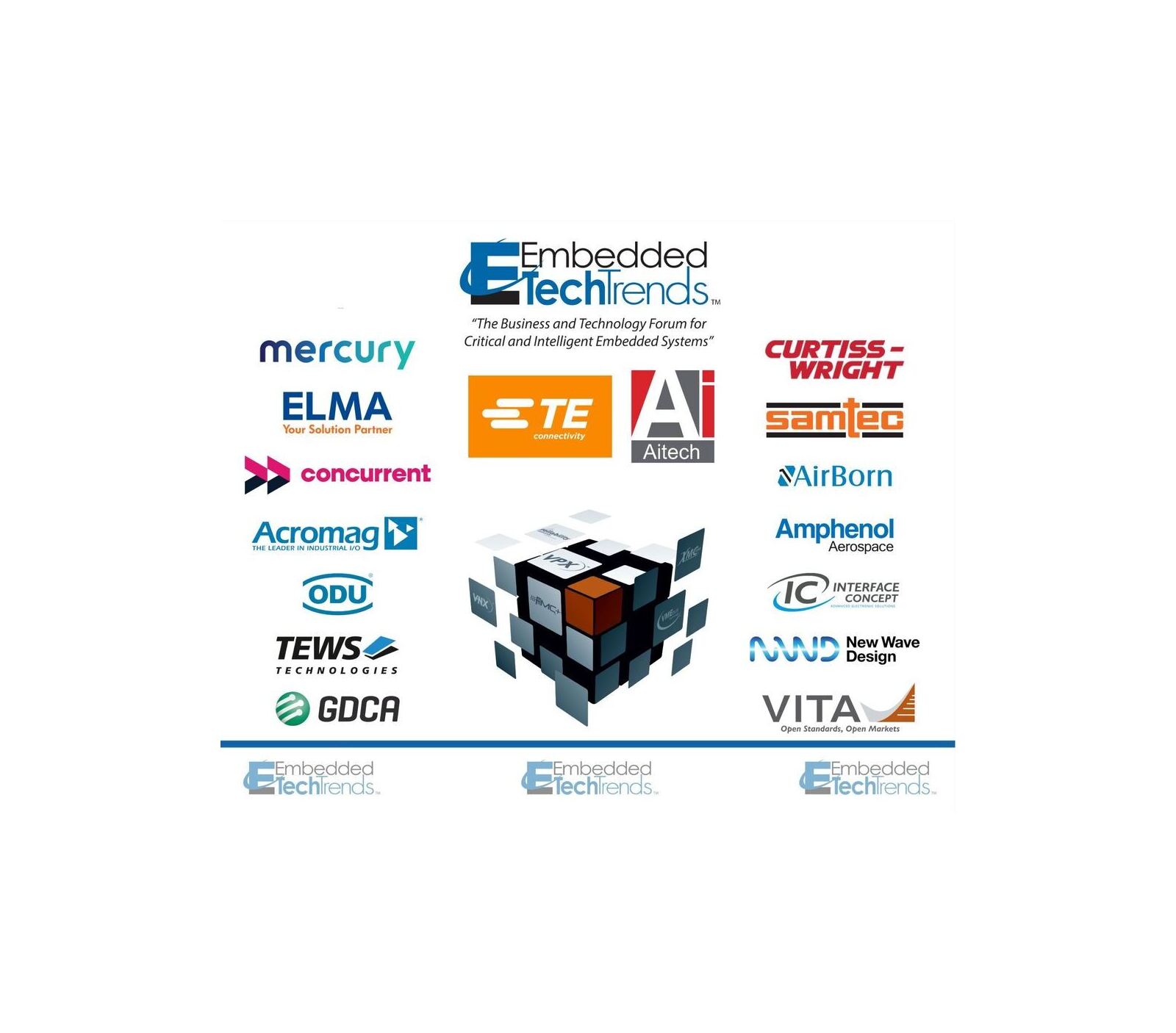Business ecosystems can be very complex; there are many layers, nodes, links and influences, both internal and external, in an ecosystem. A simple inflection anywhere in the ecosystem can ripple through the entire ecosystem. A new use case by a large customer, a new interconnect technology from a semiconductor supplier, a new environmental regulation, a new supplier, a technology breakthrough, any of which can cause a shift in the ecosystem. To stay healthy, the ecosystem must respond to these influences and adapt in ways that benefit and contribute to the sustainability of the ecosystem.
The VPX ecosystem
In its simplest form a business ecosystem has a supply side and demand side fueling the market. In reality, it is much more complicated. The VPX ecosystem is a great example of just how complex a business ecosystem can be. The supply chain for this ecosystem is just as complex.
Supply side
The supply side of the VPX ecosystem includes all the components necessary to make the boards and systems designed around the VPX standards but uniquely includes suppliers of connectors, mounting hardware, boards, backplanes, chassis, power supplies, and cabling specific to VPX. The supply chain becomes even more complicated when you add in layers of product integration at multiple points in the supply chain; integration that occurs at several levels all the way to a fully deployable product. The web of suppliers is very complicated and intertwined, often changing to meet evolving needs. Often a supplier fills roles as an original equipment manufacturer and an integrator. Adding to the complexity of the VPX ecosystem is the long development time and the long life of products and programs that use VPX technology, often spanning many decades. Long development time leads to slow return on investment for suppliers. The long life cycles mean that part obsolescence must be managed profitably for extended periods of time. An ecosystem must mature to match the changing supply needs of the market. (Figure 1.)
|
|
Demand side
On the demand side are users from multiple applications markets, primarily aerospace and defense in the case of VPX. The types of programs and applications that adopt a technology like VPX also change over time, leading to new users with their own life-cycle challenges. There are many companies that sit in the middle between supply and demand, playing both roles in the supply chain. Most often these are the prime contractors and a long list of integrators. It is also not uncommon for a user to design and develop some of the modules used in a system, especially if there is a unique need or proprietary need. Integration is extremely important in the VPX ecosystem as key critical elements with unique capabilities are added to a platform to increase its capabilities and thus the value of the platform.
Operating environment influences
The environment within which an ecosystem operates plays a major role in how the ecosystem functions. There are multiple factors influencing the operating environment, way more than can be documented here. Many regulatory agencies around the world, too numerous to mention, influence the VPX ecosystem. These cover everything from safety to business regulations impacting the target industries. In an open standards market, standard development organizations (SDOs) define key standards used throughout the ecosystem. These standards are important to ensuring the benefits of open standard products. VITA is the developer and keeper of many standards that influence the VPX ecosystem. The push to use modular open system architectures (MOSA) by procurement arms of the various departments of defense heavily influence the VPX ecosystem leading to adjustments in business strategies to meet the requirements. The critical embedded computing space has many challenges due to the rugged physical environment and the long product life cycles.
Academic participation
Several academic institutions are very active in the VPX ecosystem. Their role is primarily to work with the defense agencies to conduct research for specific applications using VPX technology. They are also very active in the development of standards, taking results of research to influence the relative standards.
Market segments
There is nothing in the VPX technical standards that limit use to any specific application market segment. However, VPX is optimized for rugged, critical embedded applications built on a modular open system approach (MOSA). MOSA is favored by many defense and aerospace applications, particularly for C5ISR [command, control, computers, communications, cyber, intelligence, surveillance, and reconnaissance]. Signal intelligence (SIGINT), electronic intelligence (ELINT), radar, and similar processor-intensive applications also require a great deal of computing horsepower and I/O bandwidth. VPX is a ruggedized approach to embedded computing that aims to satisfy high-speed processing needs in harsh environments such as flight, ground defense, and other military applications. VPX is also gaining traction in certain space applications with SpaceVPX that includes additional functionality for redundancy and serial links. Other market segments with high-performance computing needs in rugged operating environments, including rail and commercial transportation, imaging, and security, are applicable target market segments for VPX. Unfortunately, these market segments are not as advanced in the adoption of the MOSA concept and reaping the benefits.
Ecosystem scope
How do you measure the total value of the VPX market? It very much depends on what you include and what you don’t. The recently published VITA 2021 report “The World Market for VITA Standard-based Boards and Systems” estimates merchant (commercially available) sales of VPX boards and systems totaled $265 million in 2020. However, this number includes only a small sliver of the total value of the ecosystem. No single company builds everything to complete a deployable working system, so integration happens all along the supply chain, adding increasing levels of value-add to make a final system. Prime contractors and integrators add additional modules, cooling capability, cabling, I/O interfaces, and more. On top of that is the value of the software and systems engineering effort involved in building systems. The many layers of value-add throughout the entire supply chain make quantifying the contribution of suppliers very difficult.
VPX ecosystem success
A key to the success of VPX has been the heavy reliance on commercial off-the-shelf (COTS) products, fostering a broad international supplier base that feeds on links through the entire supply chain, shortening time to market, and further feeding the ecosystem’s evolution. COTS products enable suppliers to provide products to multiple customers (improving ROI for the supplier) and it means that customers can usually find multiple suppliers for a comparable product (avoiding sole sources for the buyer). (Figure 2.)
|
|
The VPX ecosystem has grown and strengthened since its early beginnings over 20 years ago. VITA 46, commonly known as VPX, was introduced in 2003, leading to the formation of the VPX business ecosystem, most of which spun out of the long standing VME ecosystem. The early years were spent developing the first series of standards; in parallel, prototypes and proof-of-concept demonstrations were built to prove the technology.
Soon after the VITA 65 OpenVPX System standard was introduced in 2009, VITA members from the supply side launched the VPX Marketing Alliance. The purpose of the VPX Marketing Alliance was to continue the work started by the OpenVPX Marketing Working Group in promoting OpenVPX. The VPX Marketing Alliance focused on the advancement of the VPX family of technologies, a family that includes VPX, VPX REDI, OpenVPX, SpaceVPX, and other related activities enhancing VPX I/O capability, such as fiber optics, RF, and power-supply options. The group quickly began to establish an ecosystem of interested parties to promote the VPX architecture and to drive widespread adoption of the VPX standards and technology.
At the launch of the VPX Marketing Alliance, there were 23 companies that announced their intention to participant in the VPX ecosystem as suppliers. Now, 12 years later and nearly 20 years since the introduction of VPX, the roster of VPX module suppliers has more than tripled, even after numerous mergers in the ranks of suppliers. Further analysis shows that over 150 companies worldwide have some visible role in the VPX ecosystem, with 60% of those companies being active VITA members. These companies have made VPX an element of their business strategy and are now contributing to the VPX ecosystem. There are undoubtably many more companies that have a lower-profile role in the VPX ecosystem.
Range of products
Additional analysis of the VPX business ecosystem reveals that the source of products has expanded substantially in the number of products and the type of products. Originally there were many single-board computers, backplanes, power supplies, switches, and chassis. Now the list includes many specialized products for specific high-performance capabilities, many in the software-defined radio (SDR) realm and video/graphics processing.
At the time of the VPX Marketing Alliance launch, Hybricon’s Neil Peterson, Chairman of the VPX Marketing Alliance, announced, “We currently have over 150 VPX and OpenVPX products listed in the VITA product directory. We expect continued growth in the need for VPX products, and our member companies are committed to meeting that need.” A look today at that same product directory has over 500 products listed; many more have not been added to the directory, as Google search technology has reduced the need for dedicated product directories. Non-VITA member suppliers cannot add product to this directory. Additionally, these numbers do not capture the many products that are designed for specific or customized use and thus are not listed on a company’s public product list.
Very-high-performance analog/digital products for complex sensor systems expand the list of products. Driving this has been the integration of VPX into the SOSA Technical Standard 1.0. The SOSA Consortium efforts are primarily in support of complex sensor applications that require the capability provided by VPX. The modular, open architecture nature of VPX entices suppliers at multiple levels of the supply chain.
Prime solutions
One of the most difficult aspects of an ecosystem to measure in a market like critical embedded computing, especially one that is dominated by military and defense markets, is the user or demand participation. Tracking the technology in an application platform that is embedded can be difficult or near impossible. Once a program is announced, tracking the quantity of units becomes somewhat easier, provided you have identified the embedded technology. Details of what specifically is designed into the program is usually left to speculation.
What’s next for VPX?
Two longtime initiatives that will allow VPX to evolve into a wider range of applications have been making good progress: 1) Improved I/O connectivity and 2) smaller form factors for the smallest of applications while emulating VPX.
The VITA working groups developing VPX-related standards have been working diligently on further supporting more optical and RF capabilities in innovative and modular backplane aperture configurations that give designers the maximum flexibility with high-performance I/O options.
The VPX community has been searching for smaller form factors since the inception of VPX, with 3U VPX the preference in many designs. Several efforts have been made, even reaching standards completion, but the ecosystem for these efforts never seems to reach critical mass. New efforts are underway, with VITA 90 taking the earlier work of VITA 74 VNX to the next performance and I/O level.
Recently added to the initiative list: The user community has been pushing for even greater bandwidth performance and I/O capability for the 3U and 6U VPX form factors. The formation of a study group in this area of work is expected shortly.
The VPX ecosystem exists well within the definition of a business ecosystem, which are constantly evolving relationships in which each entity must be flexible and adaptable in order to survive. Watch for future VPX ecosystem evolution.














